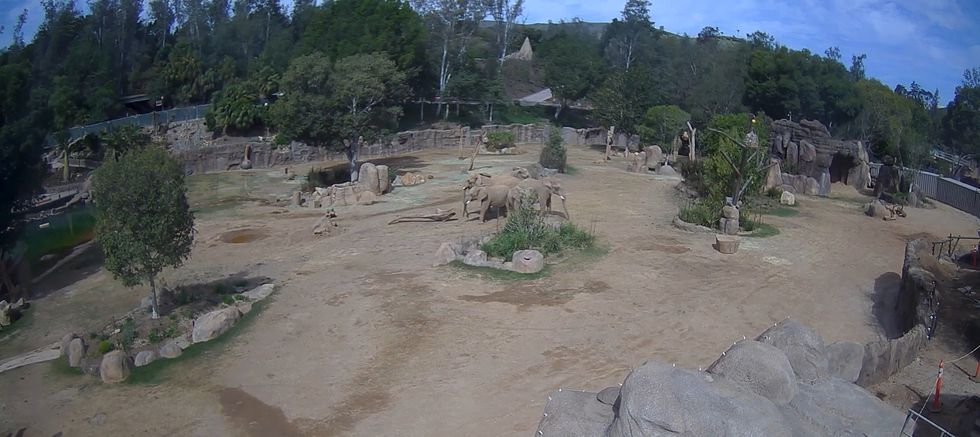News
Narjas Zatat
Mar 16, 2017
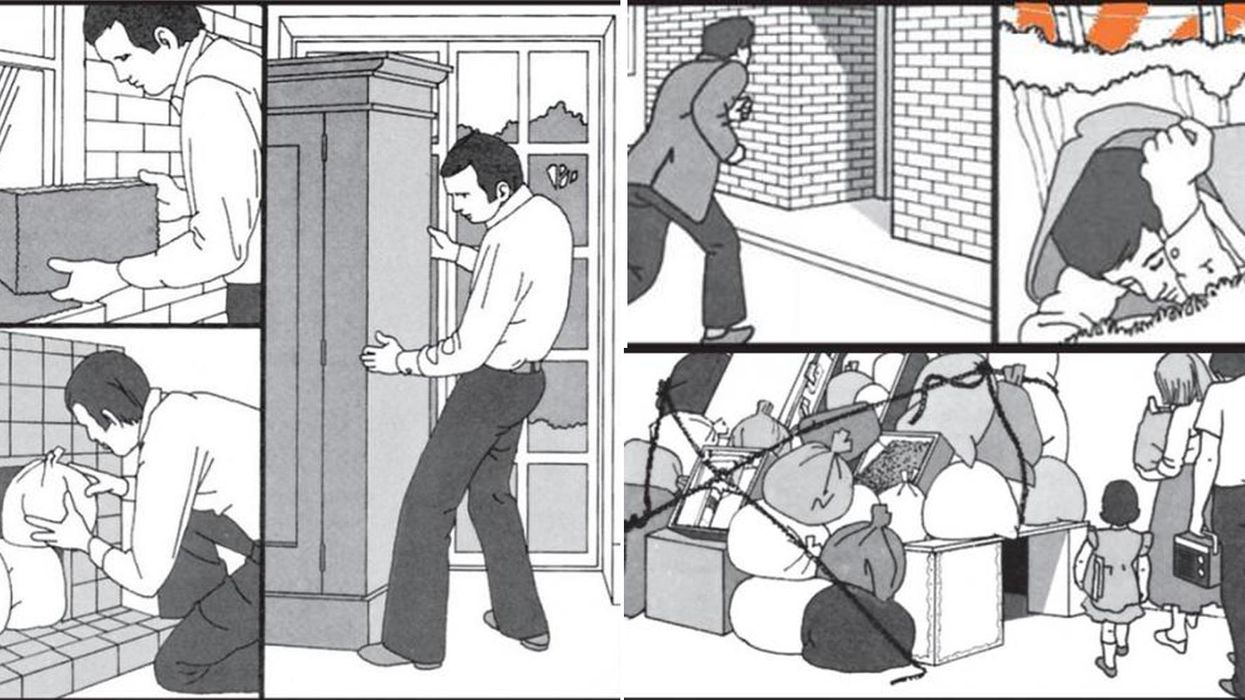
Picture:
IWM
The Imperial War Museum is launching the UK’s “first major exhibition to explore the evolution of the anti-war movement from the First World War to the present day”.
People Power: Fighting for Peace will be showing objects from peace movements, including posters, placards and anti-war protest literature.
The exhibition will also be reissuing Protect and Survive, a booklet given to every British household in 1980 during the Cold War.
Senior curator Matt Brosnan, who authors a new foreword to Protect and Survive, says:
Protect and Survive stands as both a fascinating and deeply unnerving document of a period when a vision of nuclear annihilation appeared a real possibility.
While that seems more distant today, nuclear weapons still remain a part of major power politics in 2017.
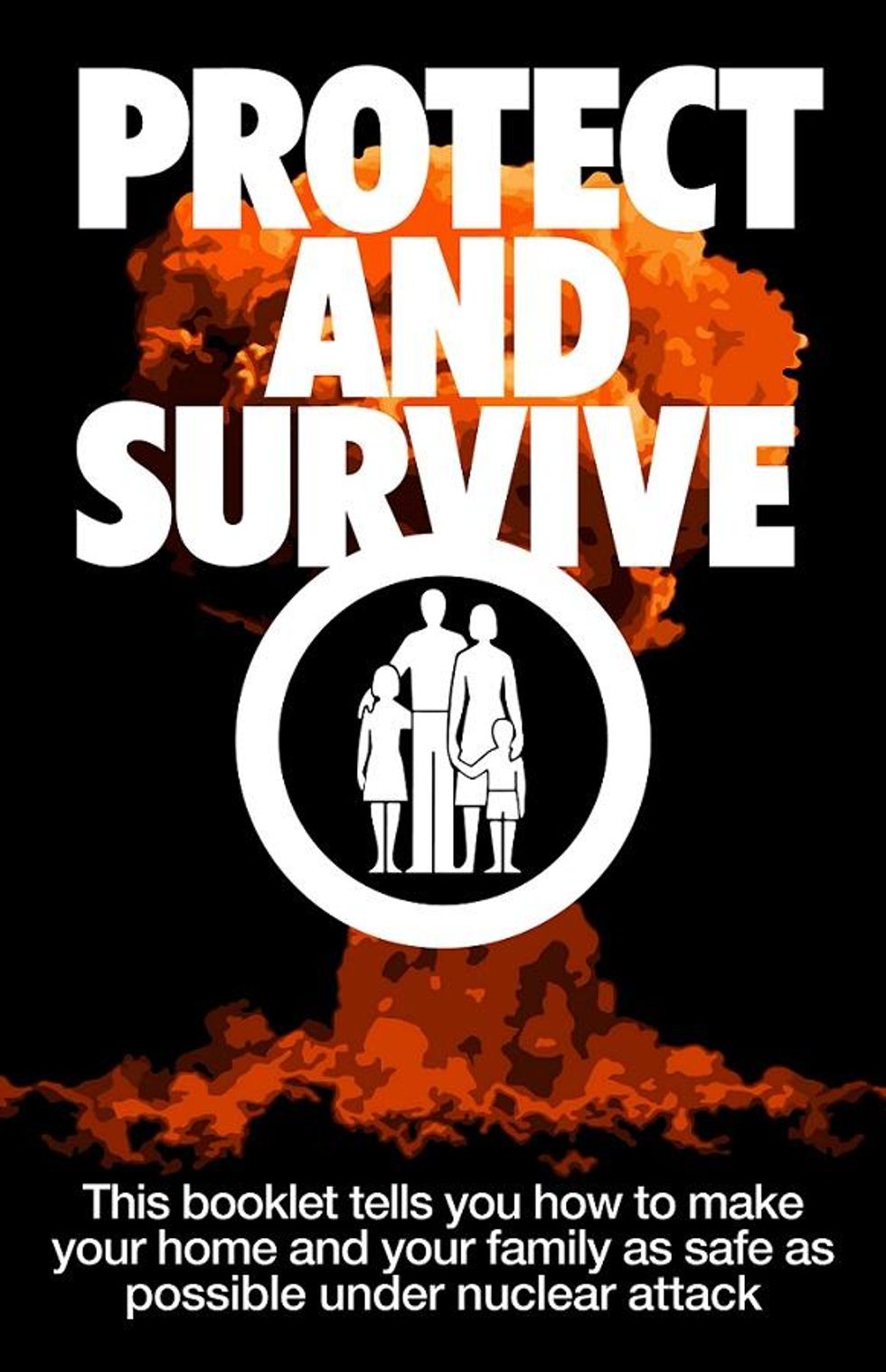
The booklet has strict instructions on:
- How to recognise initial warning sirens.
- How to use the cupboard under the stairs to create an ‘inner refuge’.
- Drawing the curtains to protect against flying glass.
- How to dispose of casualties.
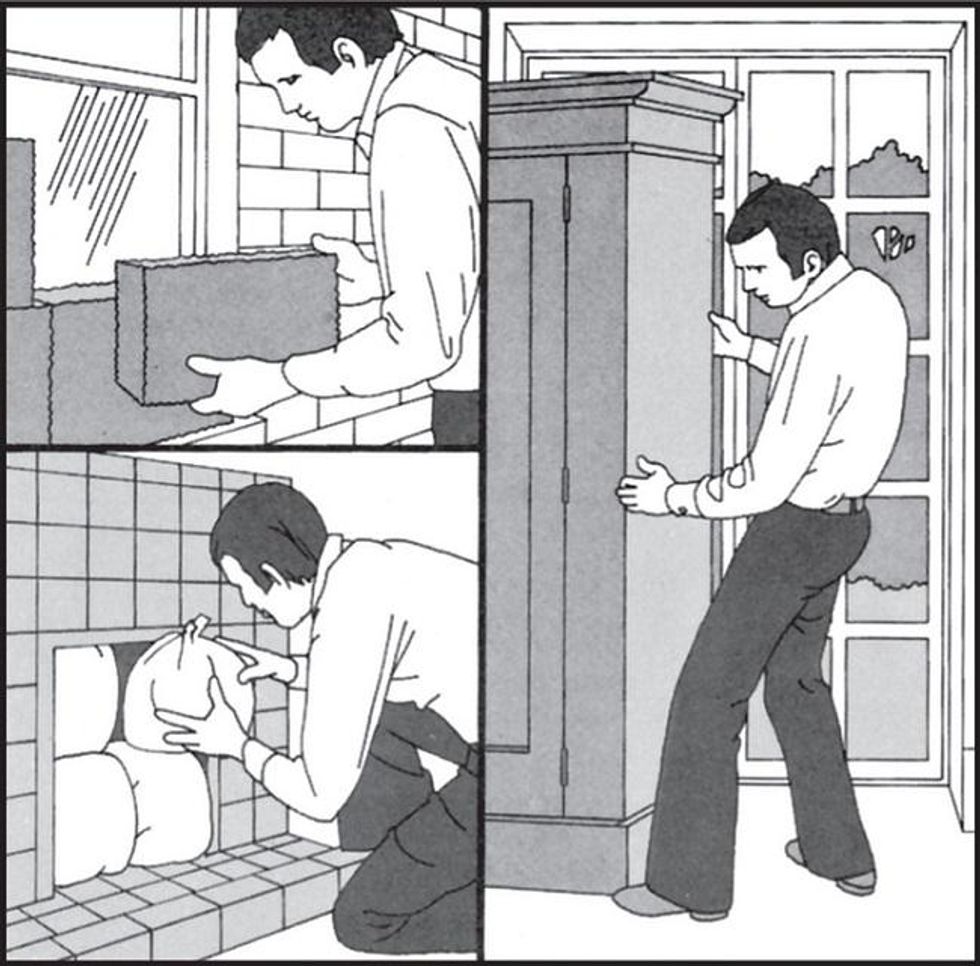
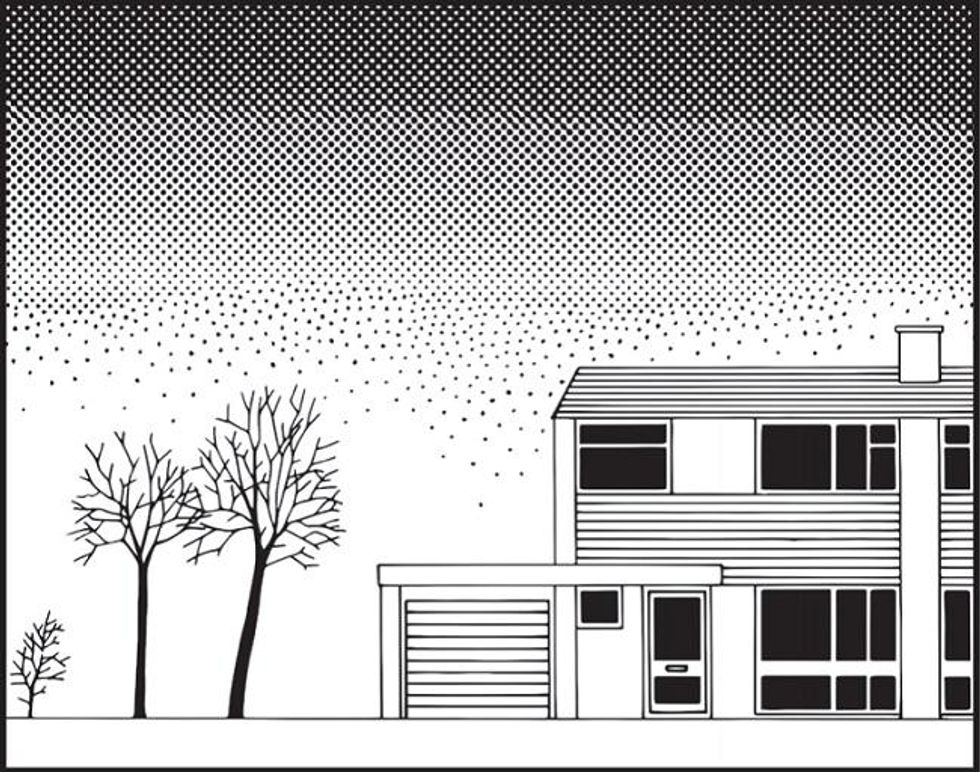
Guidance states that if you are caught in the open during a nuclear attack, “lie flat [in a ditch] and cover the exposed skin of the head and hands".
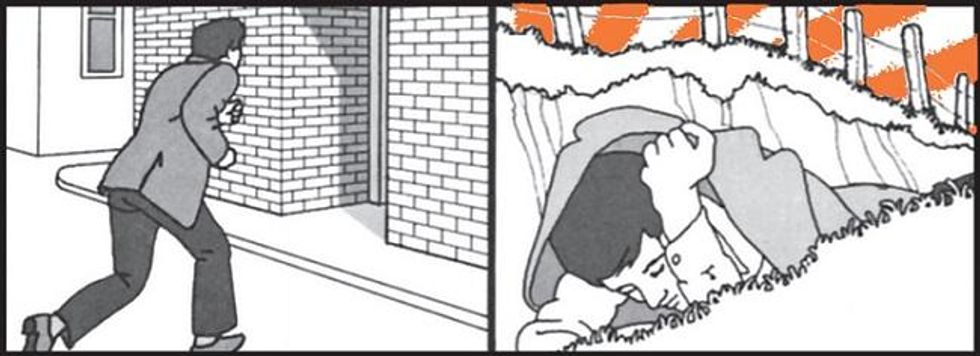
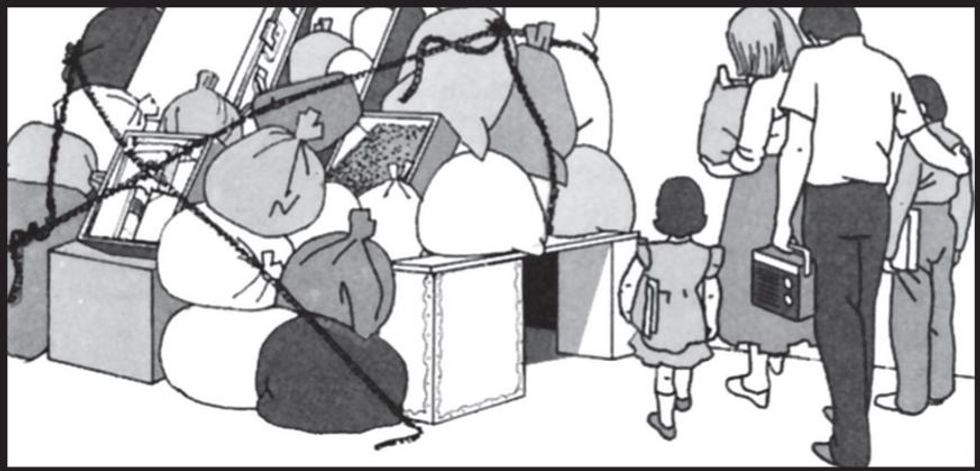
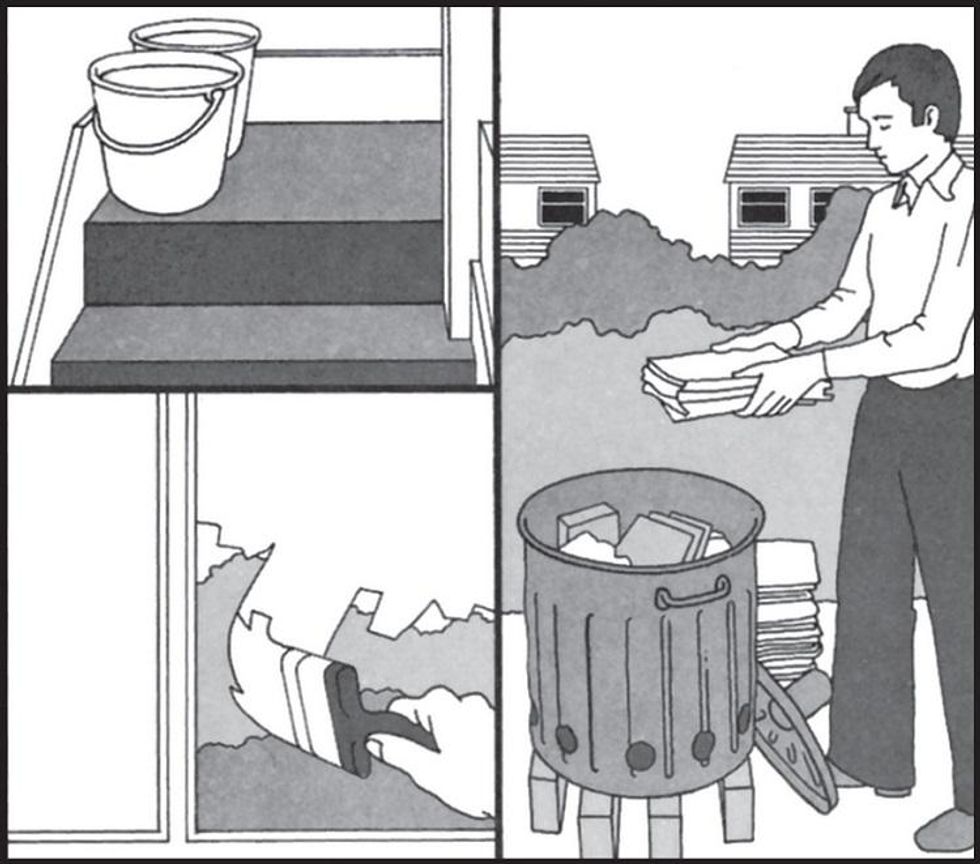
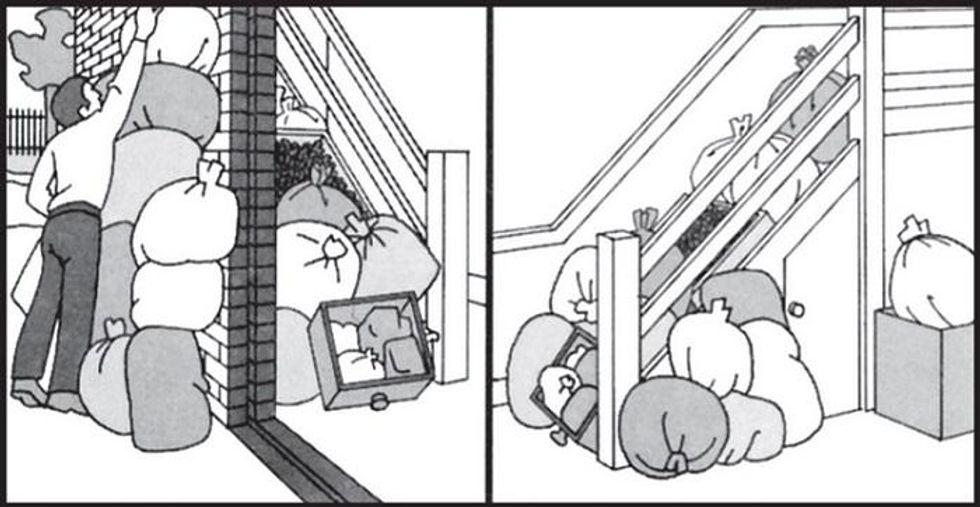
According to Ready, an official website of the Department of Homeland Security, preparing for a nuclear blast is similar today to 37 years ago:
Before a nuclear blast:
Gather supplies: This includes non-perishable food, flashlights, batteries, water and radios.
Plan: It is important to create a plan with your family – talk about where you will meet if you get split up, how you will contact each other etc.
Gather information about emergency services, including if your community has any fallout shelters. Also, make note of all the schools and office buildings in your area. They will often have basements which could work as a fallout shelters.
During a blast
If you are to, able, listen to official information about any instructions from emergency response. Based on what they say, you can make your way to a meeting point or take shelter at a specific place.
If an attack has been issued, find cover – preferably below ground.
A building made of brick or concrete is ideal – go inside to avoid radioactive material outside.
Stay inside for at least 24 hours.
If you are caught outside during a nuclear attack:
Don’t look at the flash or fireball as it can blind you.
Try and take cover – if there is none, lie flat on the ground and cover your head.
Take shelter as soon as possible – radioactive fallout can be carried hundreds of miles by the wind.
When possible, remove your clothing to keep radioactive material from spreading – seal in a plastic bag if possible and put somewhere out of the way.
Take a shower with soap BUT DO NOT USE CONDITIONER as that can “bind” radioactive material to your hair.
Blow your nose and wipe your eyelid and eyes.
The exhibition will run from 23 March – 28 August. You can get tickets for it here.
More: This is what happens if every nuclear weapon on Earth is launched
More: The map of where you need to go to survive a nuclear war
Top 100
The Conversation (0)



